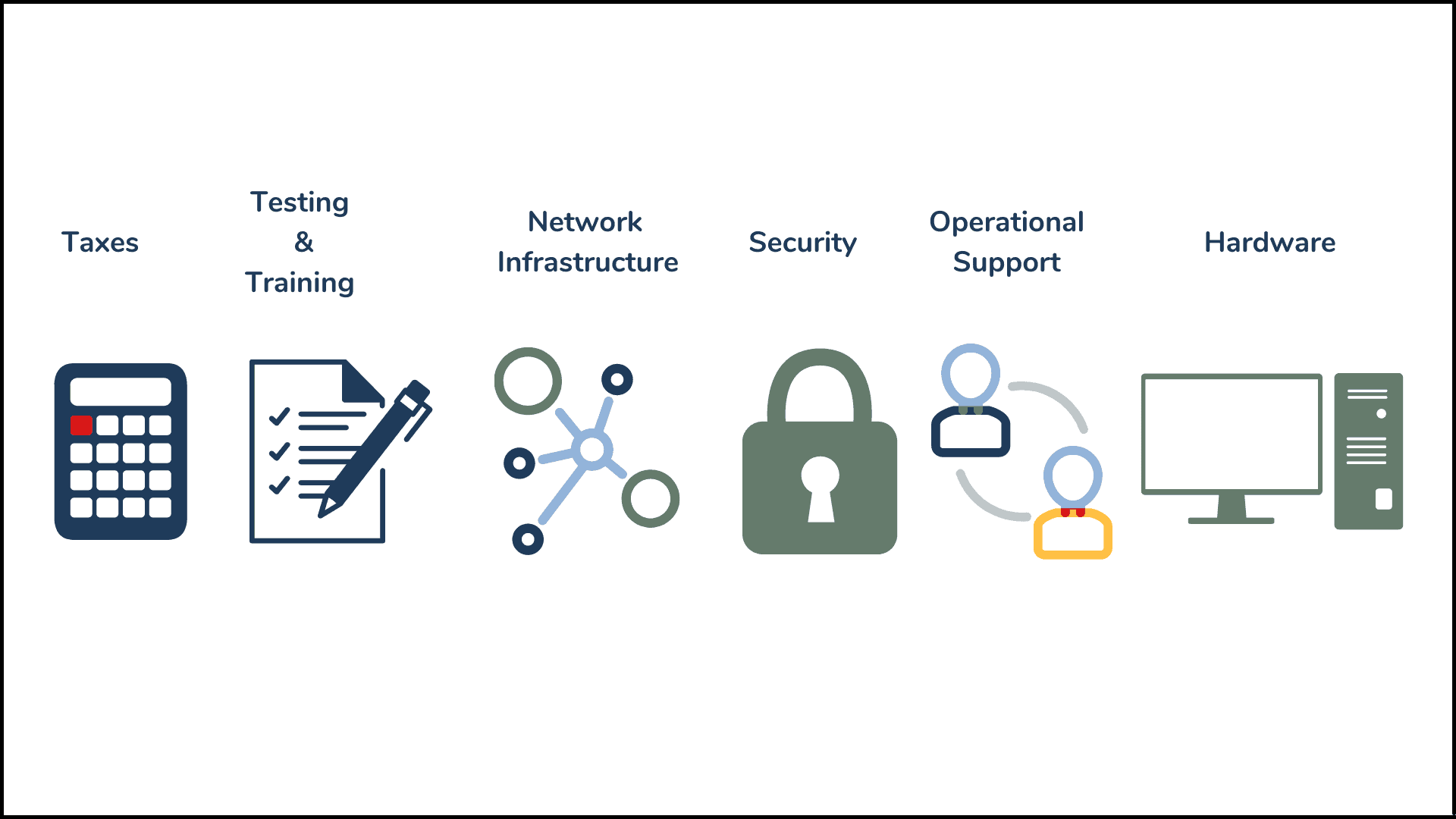4 Tips to Narrow Down the Market When Selecting a SaaS Vendor
There are around 150,000 B2B SaaS companies in the market, each vying for your attention. Forrester estimates that the number will reach 1 million by 2030. As workforces and companies change, SaaS solutions are growing more and more prevalent across all industries.
This glut of cloud vendors means you’re going to see an increase in marketing and vendor sales collateral. Not only is this annoying – it actively makes it harder to do research on the products you need. As the vendor ecosystem grows, it gets more difficult to sift through marketing documentation and find any concrete information. When all your research leads you to collateral telling you that each specific vendor is the best, how do you tell them apart?
Here are 4 tips to cut through the noise and narrow down the market. Spend your effort focusing on real solutions, instead of trying to decipher white noise.
Gain Consensus on What Your Purchase Needs to DoBefore you start doing research, build a consensus on what your purchase needs to do. There are thousands of different cloud products available. By documenting your business goals, you narrow down your options. Some quick ways to build consensus on goals:
- Document your business goals. Don’t focus on technology until you know what your company wants to achieve.
- Meet with members of multiple teams, including the people who will actually use the product once it’s implemented. (Buying a contact center tool? Talk to your agents).
- Analyze what you’re replacing. What business processes do you need to keep? What are you hoping to get rid of with a future purchase?
After identifying your business goals, translate them to technical requirements. This lets you focus on the features you need and ignore the features you don’t. Think about:
- What existing business processes work well?
- What existing tools cause problems and inefficiencies for users?
- What specific features and functionality will help you meet your new business goals?
What are your non-negotiables for a new enterprise tech solution? Understanding what is mandatory helps you narrow down vendors before you even start shopping by eliminating vendors that can’t meet your requirements. To get a feel for your constraints, think about:
- Cost: Are you eliminating OPEX, or adding to it? How much can you spend?
- Timeline: When do you need this installed, and what is driving that deadline?
- Integration Requirements: What existing applications will this new product need to integrate with?
- Operating Model: Do you want full control of your product, or do you want to outsource some (or all) of the management to a vendor?
When you purchase a cloud application, you’re buying more than just software – you’re buying a vendor relationship. Most contracts are at least 3 years, with financial incentives for even longer terms. You’re entering a long-term relationship, so eliminate any vendors that don’t meet your requirements. Make sure you consider the following:
- Vendor Size: Large vendors can offer reliability while small vendors can offer highly personalized support.
- Vendor Support: Do you want a vendor support team to fully manage your solution, or do you want them to keep their hands off?
- Vendor Age: Newer vendors can be more flexible, while legacy providers bring reliability to the table.
- Vendor History: Do you want to use an existing vendor? Or do you want to forge a new relationship?
Take charge of your buying journey. Don’t get overwhelmed by the marketing noise – focus on your business goals and ignore the rest. If you’re having trouble understanding the vendor marketplace, reach out – it’s our job to sort through the chaos and find a vendor that works for you.


.png)


